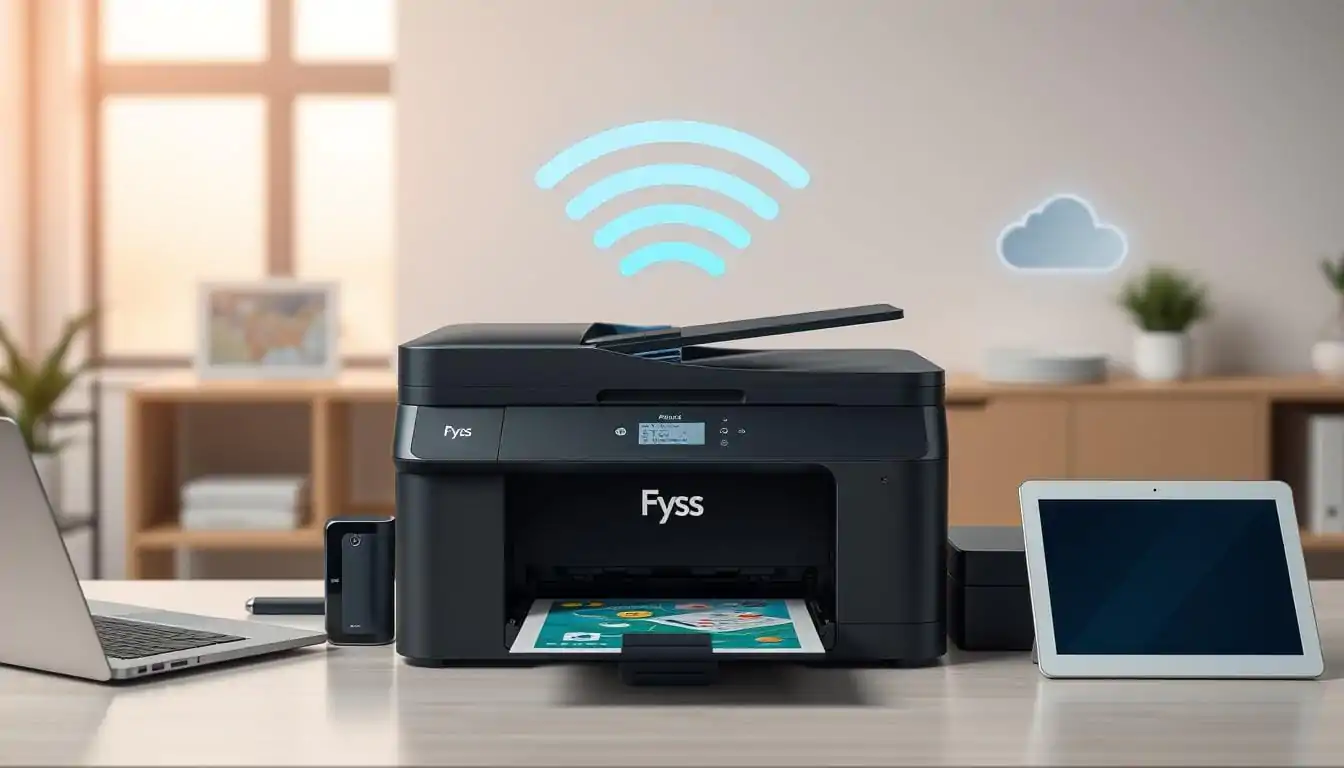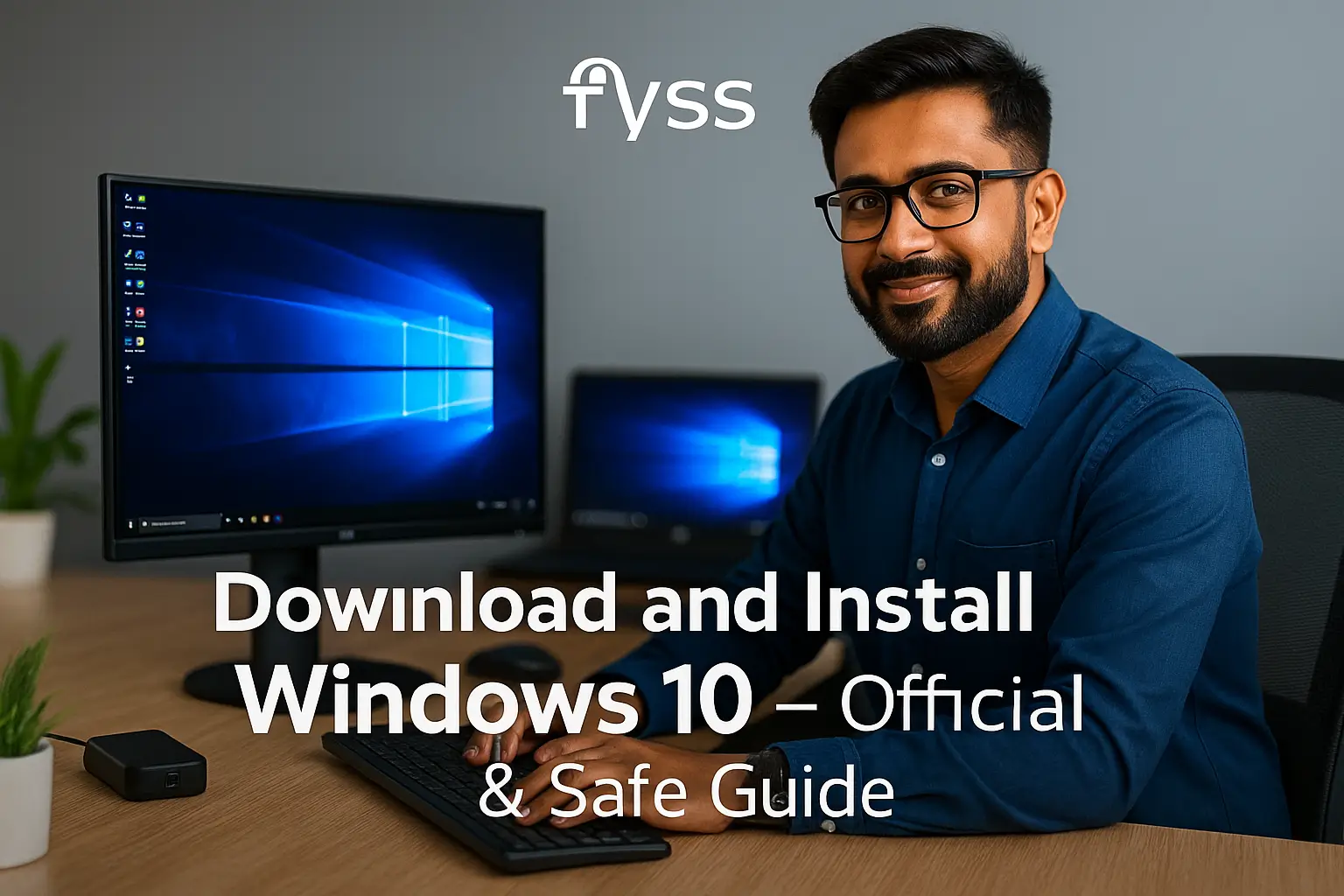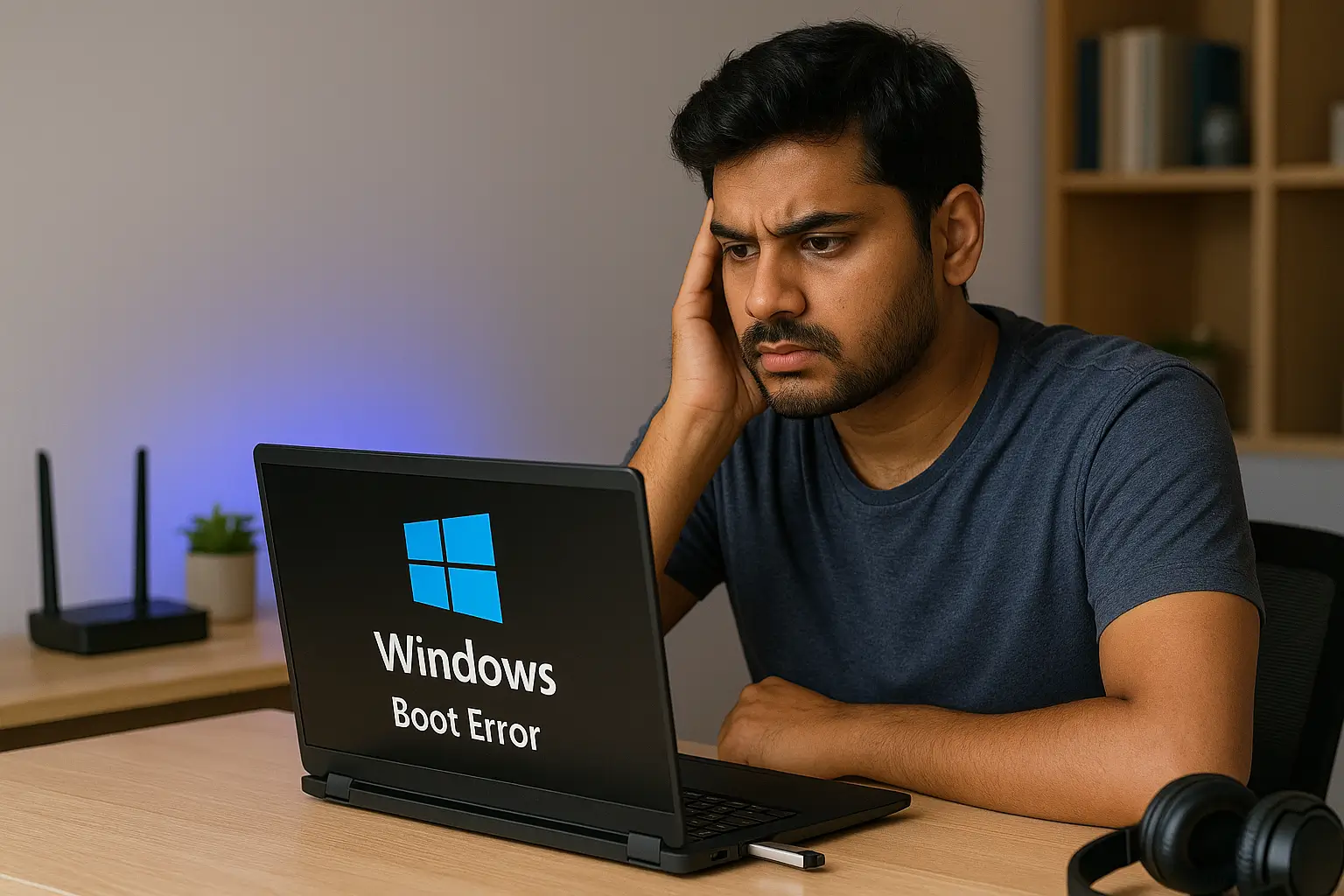Dealing with printer connectivity issues can really slow you down. It can mess up your work flow. This guide will help you fix network, wireless, and USB printer problems. You’ll learn how to find and fix these issues.
First, we’ll look at why these problems happen. Then, we’ll dive into advanced ways to solve them. By the end, you’ll know how to keep your printer working smoothly.
Table of Contents:
Key Takeaways
- Understand the common causes of printer connectivity issues
- Learn how to update printer drivers and software to resolve connectivity problems
- Discover techniques for configuring network settings and troubleshooting wireless printer connections
- Explore solutions for USB printer connectivity problems across different operating systems
- Implement preventive measures to avoid future printer connectivity issues
Introduction to Printer Connectivity Issues
Many users face printer connectivity issues, which can slow them down and upset them. These problems can come from many sources, like old drivers or network setup problems. Knowing what causes these issues is the first step to fixing them and keeping your printers working well.
Common Causes of Printer Connection Problems
Outdated or mismatched printer drivers are a big reason for these issues. As technology changes, drivers might not keep up, causing problems. Network setup issues, like wrong IP addresses or firewall conflicts, can also mess up printer connections.
Physical problems, like bad cables or broken printer parts, can also cause issues. These problems stop the printer from talking to your computer or network, leading to printing failures.
The Importance of Resolving Printer Connectivity Issues
Fixing printer connectivity issues is key to staying productive at work or home. A bad printer connection can slow down your work, making it hard to finish important tasks. It can also waste time and resources, forcing you to find other ways to print or get IT help.
By quickly fixing printer connectivity issues, you can make sure your printer works smoothly with your devices. This boosts your productivity and keeps your work flowing without interruptions.
Checking Basic Connections and Settings
Before diving into complex troubleshooting, make sure your printer connections and settings are right. This simple step can fix many printer settings troubleshooting problems. It also sets a strong base for solving more complex issues.
- Verify the Power Supply: Check if your printer is plugged in and getting power. Look at the power cable connections at both ends.
- Inspect Cable Connections: Examine the cables linking your printer to the computer or network. Make sure they are securely plugged in at both ends.
- Check Printer Status: Look at your printer’s control panel or software. Confirm it’s powered on and ready. Check for any error messages or lights that show connectivity issues.
- Review Printer Settings: Check your printer’s manual or software. Make sure the settings are correct, like paper size, print quality, and default printer.
By fixing these basic printer connections and printer settings troubleshooting steps, you can quickly solve many common printer problems. This is the first step to tackle more complex issues if needed.
| Step | Action |
|---|---|
| 1 | Verify power supply |
| 2 | Inspect cable connections |
| 3 | Check printer status |
| 4 | Review printer settings |
“Addressing basic printer connections and settings is the first step in troubleshooting connectivity issues. It lays the foundation for more advanced problem-solving.”
Updating Printer Drivers and Software
Outdated or corrupted printer drivers often cause connectivity problems. It’s important to keep your drivers current for smooth printing. This guide will help you find and install the latest drivers and solve any driver issues.
How to Find and Install the Latest Printer Drivers
To update your printer drivers, follow these steps:
- Find your printer’s model and manufacturer. This info is usually on the printer or in your device’s manual.
- Go to the manufacturer’s website and find the support or drivers section for your model.
- Download the newest driver that fits your operating system.
- After downloading, run the installation file and follow the prompts to install the drivers.
Troubleshooting Driver-Related Connectivity Issues
If driver updates cause problems or affect your printer’s connection, try these steps:
- Restart your computer and printer to ensure the new drivers work right.
- Look for any error messages or conflicts with other software during the update.
- Uninstall and then reinstall the drivers, following the manufacturer’s guide.
- If problems continue, try a different connection method, like switching to a wired connection.
By updating your printer drivers and solving any issues, you can ensure reliable printer connectivity.
Resolving Network and Wireless Printer Connectivity Issues
Dealing with network or wireless printer issues? Setting up your network right is key. This guide will help you fix these problems. You’ll learn how to make sure your printer works well with your network.
Configuring Network Settings for Printers
First, check if your printer is connected to your network. Look at the cables and make sure it has an IP address. If it’s wireless, ensure it’s on the right Wi-Fi and the connection is strong.
Then, check your printer’s network settings. Make sure they match your network’s setup. You might need to change the IP address, subnet mask, or default gateway. If your printer can use DHCP, turn it on. This makes setting up easier.
| Network Printer Connectivity Issues | Wireless Printer Connectivity Issues |
|---|---|
|
|
For wireless printers, check the network settings. Make sure it’s on the right Wi-Fi and the connection is good. Also, watch out for interference from other devices.

By setting up your network settings correctly, you can fix network printer connectivity issues and wireless printer connectivity issues. This will help your printer work smoothly with your network.
Troubleshooting USB Printer Connectivity Problems
When dealing with usb printer connectivity issues, finding the problem is key. USB printers face many challenges, like bad cables or driver problems. We’ll look at ways to spot and fix these common issues.
Checking the USB Cable Connection
First, check the USB cable connection. Make sure it’s plugged in tight at both ends. Look for any damage on the cable. If you find any, get a new one. Also, try a different cable to see if the problem is with the current one.
Addressing Driver Conflicts
Old or wrong printer drivers can cause problems. Make sure you have the latest drivers for your printer. If you’re not sure how to get or install them, check the printer’s website or the “Updating Printer Drivers and Software” section in this guide.
| Common USB Printer Connectivity Issues | Troubleshooting Steps |
|---|---|
| Printer not recognized by the computer |
|
| Intermittent or unstable USB connection |
|
| Printer not responding or freezing |
|
Fixing usb printer connectivity problems needs a careful plan. By trying different steps, you can find and fix the issue. Follow the advice in this section to get your USB printer working again.
Printer Connectivity Issues with Different Operating Systems
The operating system you use can greatly affect printer connectivity. Whether you’re on Windows or macOS, knowing the system-specific issues is key. This knowledge helps keep your printing smooth.
Solving Printer Connectivity Issues on Windows
Windows users often face problems with driver compatibility or network settings. First, make sure your printer drivers are up to date. Outdated drivers can block communication between your computer and printer. Also, check your network settings, especially for wireless printers, to ensure they’re connected right.
- Make sure the printer is on and connected to your Windows device.
- Get the latest printer drivers from the manufacturer’s website.
- Check your network settings to see if the printer is set up for your wireless network.
- Look into any firewall or security software that might be blocking the printer connection.
Resolving Printer Connectivity Problems on macOS
On macOS, the approach is a bit different. First, check if your printer works with your Mac and if you have the right drivers. Also, look at your system preferences to see if the printer is set up correctly.
- Make sure your printer is compatible with macOS and install the latest drivers.
- Go to System Preferences > Printers & Scanners to check if the printer is listed and set up right.
- If the printer isn’t recognized, try adding it manually through the Printers & Scanners menu.
- Fix any network or wireless issues that might be stopping the printer from connecting to your Mac.
By tackling the unique issues for printer connectivity issues on windows and printer connectivity issues on macos, you can solve printing problems. This keeps your workflow smooth, no matter your operating system.

| Operating System | Common Connectivity Issues | Troubleshooting Steps |
|---|---|---|
| Windows |
|
|
| macOS |
|
|
“Addressing printer connectivity issues on both Windows and macOS is essential for maintaining a seamless printing experience across different platforms.”
printer connectivity issues
Printer connectivity problems can be really frustrating. They can stop you from printing at home or work. Knowing why they happen and how to fix them is key.
Old or wrong drivers often cause these issues. Drivers need to be updated to work right. Also, updating the printer’s firmware can help fix problems.
Network settings can also lead to printer issues. This includes wireless or wired connections. Checking your network and settings can help fix these problems.
To solve printer issues, follow a step-by-step plan. Check connections, update drivers and firmware, and fix network problems. This way, you can find and fix the main issue.
Common Printer Connectivity Scenarios
- Inability to establish an initial connection between the printer and the computer
- Intermittent disconnections during the printing process
- Printer not being recognized by the computer or network
- Printer unable to receive or process print jobs consistently
Fixing printer issues takes some tech skills and patience. By knowing the common problems and following a plan, you can keep your printer working smoothly.
Advanced Troubleshooting Techniques for Persistent Printer Connectivity Issues
If basic steps didn’t fix your printer issues, it’s time for more advanced methods. These can reset your printer and computer settings. They also guide you on when to get professional help.
Resetting Printer and Computer Settings
Device settings or computer config might be the problem. Resetting both can fix it. Here’s how to do it:
- Turn off your printer and unplug it.
- Find the reset button on your printer and press and hold for 10-15 seconds.
- Release the reset button and turn your printer back on.
- Restart your computer and try reconnecting your printer.
Seeking Professional Assistance
If advanced steps don’t work, it’s time to get help. Contact the printer maker’s tech support or a local service. They can solve problems you can’t.
Remember, resetting printer settings and getting professional help are key. Don’t be afraid to use these advanced methods to fix your printer.
Preventive Measures for Avoiding Printer Connectivity Issues
Keeping your printer connected is key for smooth printing. To avoid printer problems, take some steps ahead of time. These steps can lower the chance of printer issues.
Regular Driver and Software Updates
It’s vital to keep your printer’s drivers and software current. Updates fix bugs and improve how your printer works. Staying updated can stop connection problems and keep your printer running well.
Routine Printer Maintenance
Regular care of your printer can also stop issues. Clean it, check for damage, and remove dust. A well-kept printer is less likely to have connection problems.
Secure Network Configuration
If your printer is on a network, make sure it’s set up right. Use strong security, update your router, and control who can access your printer. A safe network keeps your printer connected without problems.
| Preventive Measure | Benefits |
|---|---|
| Regular Driver and Software Updates | Addresses compatibility issues, fixes bugs, and improves performance |
| Routine Printer Maintenance | Reduces the risk of hardware-related connectivity problems |
| Secure Network Configuration | Prevents connectivity issues caused by network interference or unauthorized access |
By following these steps, you can prevent printer connectivity issues and maintain printer connectivity. A proactive approach to printer care and network security avoids future headaches.
Conclusion
In this guide, we’ve covered many ways to fix printer connection issues. We’ve talked about basic troubleshooting, updating drivers, and setting up network settings. You now know how to solve printer problems effectively.
Here’s what you need to do to fix printer issues: keep your printer in good shape, update software and drivers, and set up your network right. If you need help, don’t be afraid to ask for it. Following these steps will make printing easy and save you time and stress.
A well-connected printer is key to a smooth workflow at home or in the office. Learning how to fix printer connection problems will help you stay productive. Use the tips from this guide to make your printer a reliable part of your daily tasks.
FAQ
What are the common causes of printer connection problems?
Printer connection problems often stem from outdated drivers or network issues. They can also be caused by hardware failures or incompatibility with your computer or operating system.
Why is it important to resolve printer connectivity issues?
Fixing printer connection issues is key to keeping your printer running smoothly. It helps maintain productivity and avoids workflow disruptions. Ignoring these issues can waste time and cause frustration.
How can I check basic printer connections and settings?
First, check the power supply and cable connections. Make sure the printer is plugged in and the cables are secure. Also, verify that the printer is turned on and ready to use.
How do I find and install the latest printer drivers?
Visit the manufacturer’s website to find the latest drivers for your printer. Search for your printer model and download the correct driver for your system. Follow the installation instructions on your screen.
How do I troubleshoot network and wireless printer connectivity issues?
Start by configuring your network settings. Ensure the printer has the right IP address. Check your network connection and any firewalls that might block the printer’s connection.
How do I resolve USB printer connectivity problems?
For USB issues, first check the cable connection. Look for driver conflicts and ensure the USB drivers are installed correctly on your computer.
How can I troubleshoot printer connectivity issues on different operating systems?
Troubleshooting varies by operating system. For Windows, update drivers and check printer port settings. On macOS, verify driver compatibility and set up network settings correctly.
What advanced troubleshooting techniques can I use for persistent printer connectivity issues?
If simple steps don’t work, try resetting printer and computer settings. Or, seek help from technical support or service providers.
How can I prevent printer connectivity issues in the future?
Regularly update drivers and software. Perform routine printer maintenance. Use network security best practices and ensure compatibility with your system or other devices.



